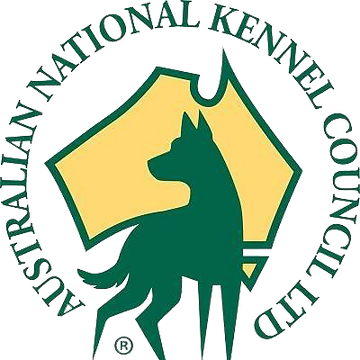Labrador Retriever History
The Labrador Retriever is one of the most well-known breeds of domestic dog. The Labrador Retriever was originally developed as a gundog by English settlers in Canada, where it was used to help hunters retrieve waterfowl. The Labrador Retriever is the most popular breed of gundog in the US, and the second most registered purebred AKC dog. The “Labrador” name actually refers to a range of closely related breeds, although these other varieties may sometimes be referred to as “Labs” or “Rexes”. The “Rex” in “Rex” comes from the Latin rex, which means “king”, and is a reference to the Labs’ regal appearance. The popularity of the Lab as a pet and a showdog has skyrocketed in recent years, and it is now the 4th most popular breed of registered dog in 2016. The Lab is also the 3rd most popular family dog in 2016, and the most popular breed of service/therapy/assistance/police/guard dogs in 2016.
Labrador Retriever Physical Characteristics
The Labrador Retriever is a medium-sized, short-coated breed of dog. The breed comes in three sizes: the Miniature Lab, the Standard Lab, and the Giant Lab, and are known for their intelligence, friendly demeanor, and eagerness to please.
Eye Colors
Hazel, Brown, Amber
Nose Colors
Unknown
Coat Colors
Unknown
Height Range
Male Height Range: 22 – 24 inches
Female Height Range: 21 – 23 inches
Weight Range
Male Weight Range: 65 – 80 lbs
Female Weight Range: 55 – 70 lbs
Labrador Retriever Health
Description of breed health.
Lifespan
10-12 yrs
Labrador Retriever Health Concerns
Gastric Torsion, Elbow Dysplasia, Hip Dysplasia, Epilepsy, Osteochondritis Dissecans, Otitis Externa, Cataract, Progressive Retinal Atrophy
Labrador Retriever Temperament and Behaviour
The Lab is a good-natured and friendly dog that is highly intelligent and eager to learn. They are playful and energetic, but also calm, quiet and patient with children. They are friendly and protective of their families, but may be wary of strangers.
Labrador Retriever Activity Requirements
Labrador Retrievers are known around the world for their intelligence and outgoing nature. They are one of the most popular breeds, and for good reason. A daily, brisk walk or jog is the best way to meet your Lab’s exercise needs. Labs are high-energy dogs and will quickly become bored if they are not provided with an outlet for their energy. A home with a fenced yard is ideal for a Lab. A fenced-in yard provides a safe place for your Lab to play, burn off energy, and get outside. A backyard or nearby park also provides a perfect spot for your Lab to get some leash-free time.
Miles Per Day
Unknown
Activity Per Day
Unknown
Daily Food
2.5 cups
Kennel Club Recognition

American Kennel Club
Recognized by the American Kennel Club
Labrador Retriever is part of the Sporting group.
Visit the American Kennel Club website.

The Kennel Club
Recognized by The Kennel Club
Labrador Retriever is part of the Gundog group.
Visit the Kennel Club website.

Australian National Kennel Council
Recognized by the Australian National Kennel Council
Labrador Retriever is part of the Gundog group.
Visit the Australian National Kennel Council website.

Canadian Kennel Club
Recognized by the Canadian Kennel Club
Labrador Retriever is part of the Sporting group.
Visit the Canadian Kennel Club website.